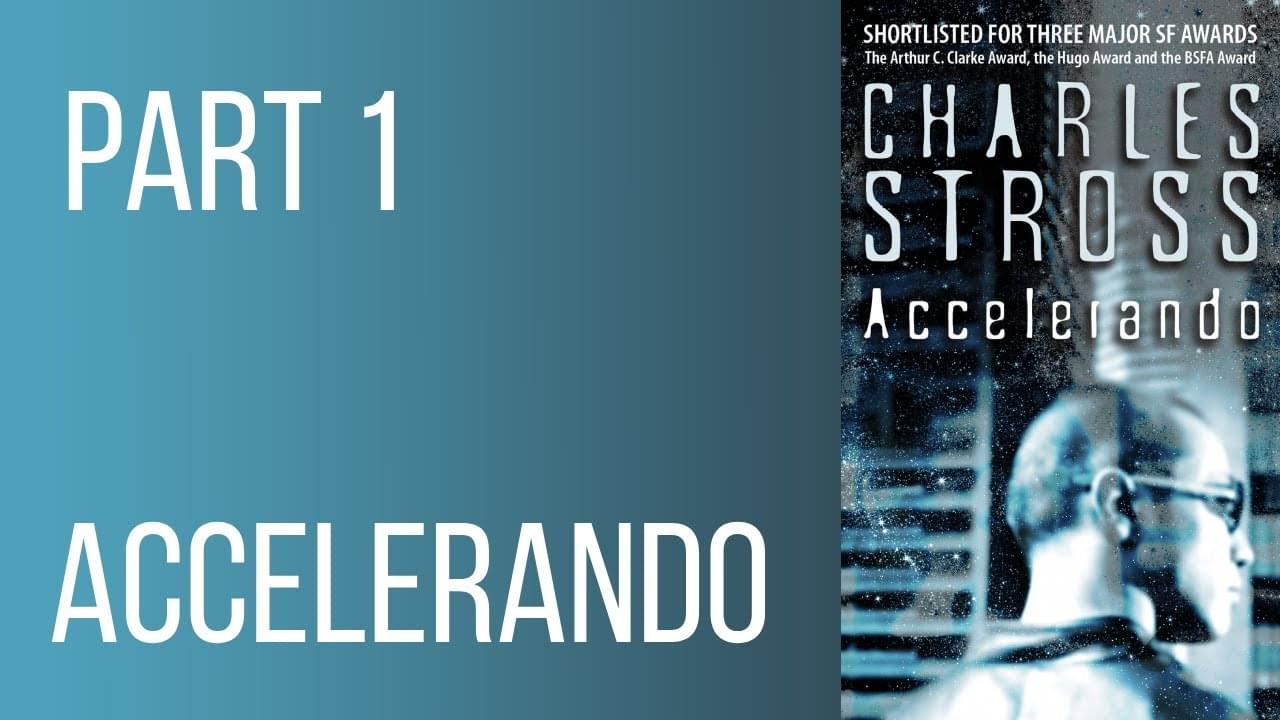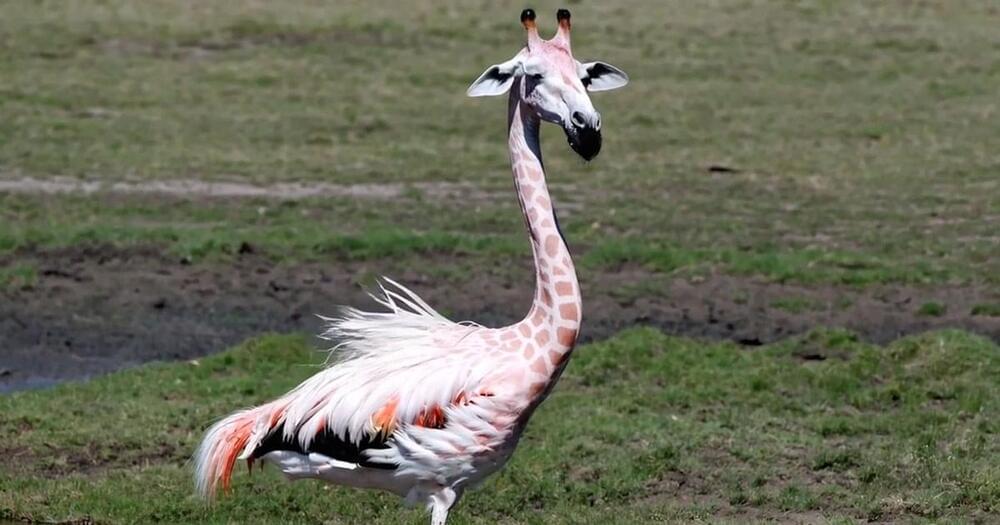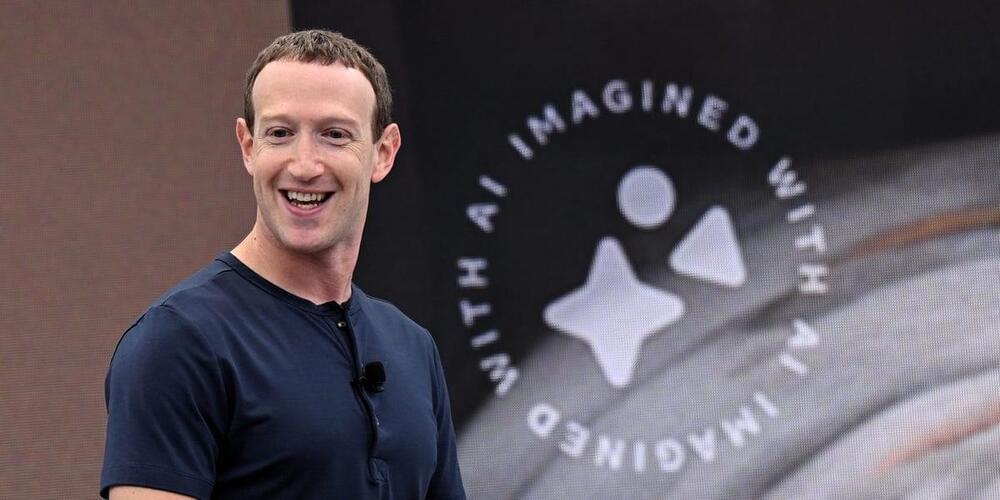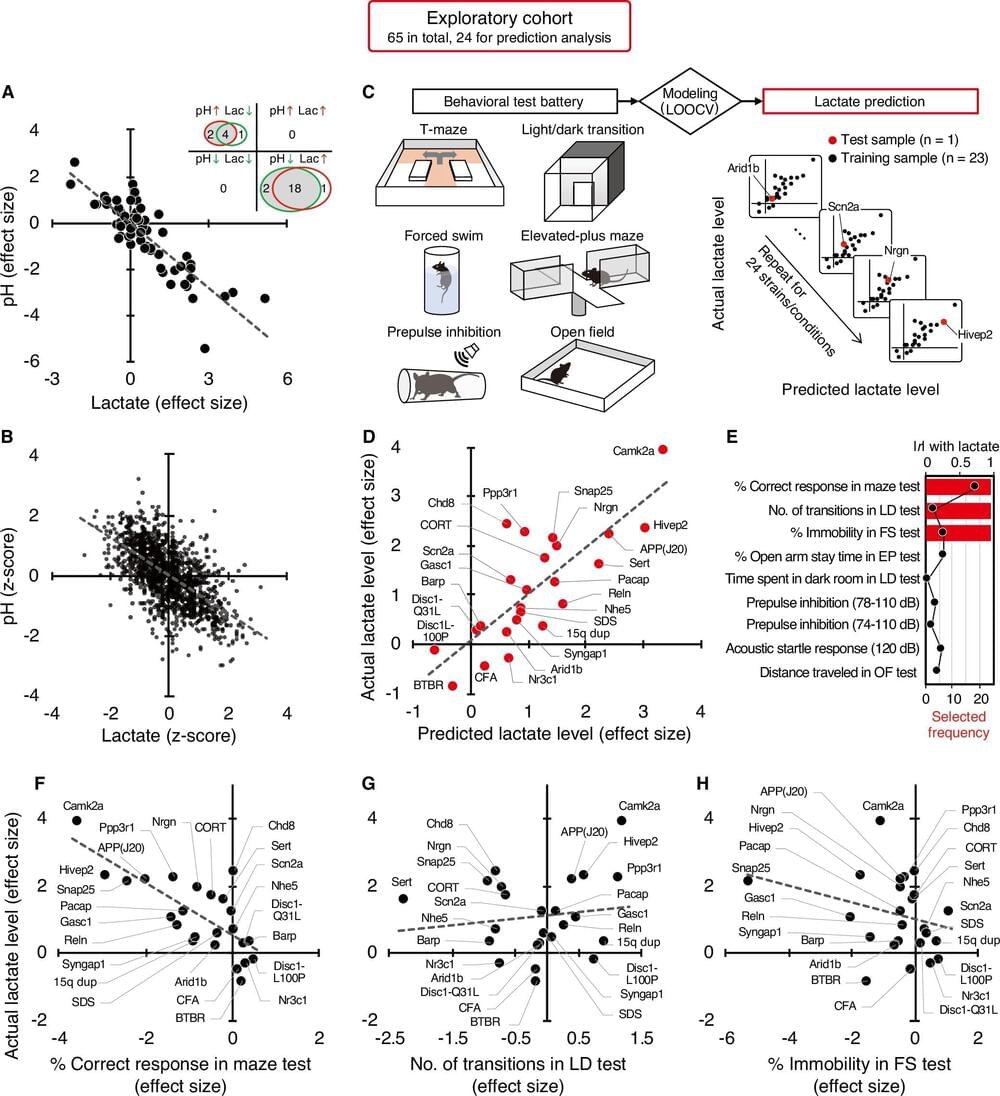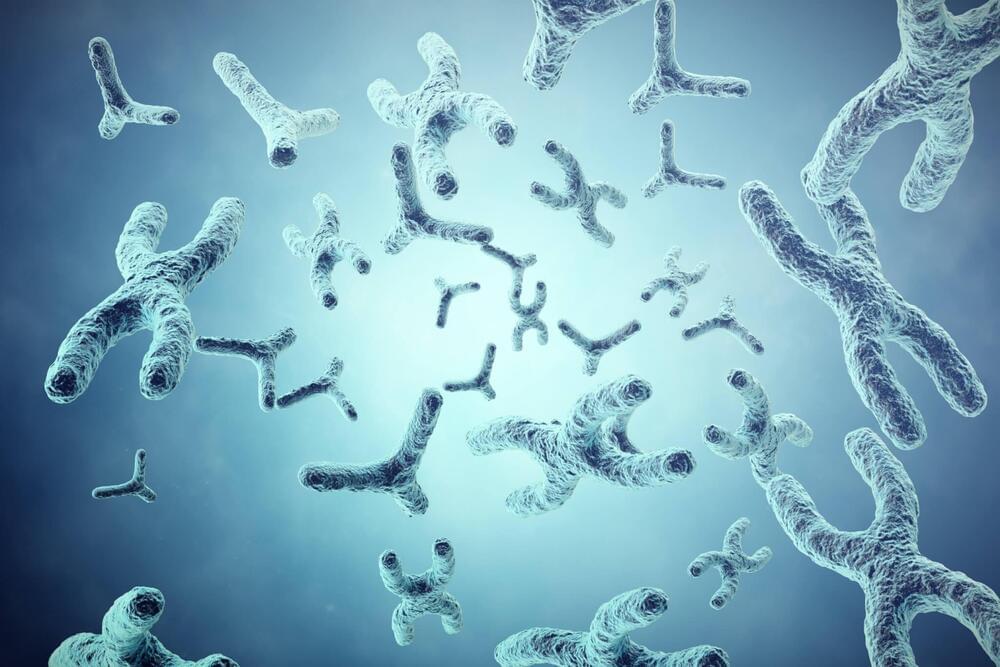Mar 26, 2024
Accelerando: Accelerando is a 2005 science fiction novel consisting of a series of interconnected short stories written by British author Charles Stross
Posted by Dan Breeden in categories: futurism, singularity
As well as normal hardback and paperback editions, it was released as a free e-book under the CC BY-NC-ND license. Accelerando won the Locus Award in 2006, and was nominated for several other awards in 2005 and 2006, including the Hugo, Campbell, Clarke, and British Science Fiction Association Awards.
The book is a collection of nine short stories telling the tale of three generations of a family before, during, and after a technological singularity. It was originally written as a series of novelettes and novellas, all published in Asimov’s Science Fiction magazine in the period 2001 to 2004. According to Stross, the initial inspiration for the stories was his experience working as a programmer for a high-growth company during the dot-com boom of the 1990s.
